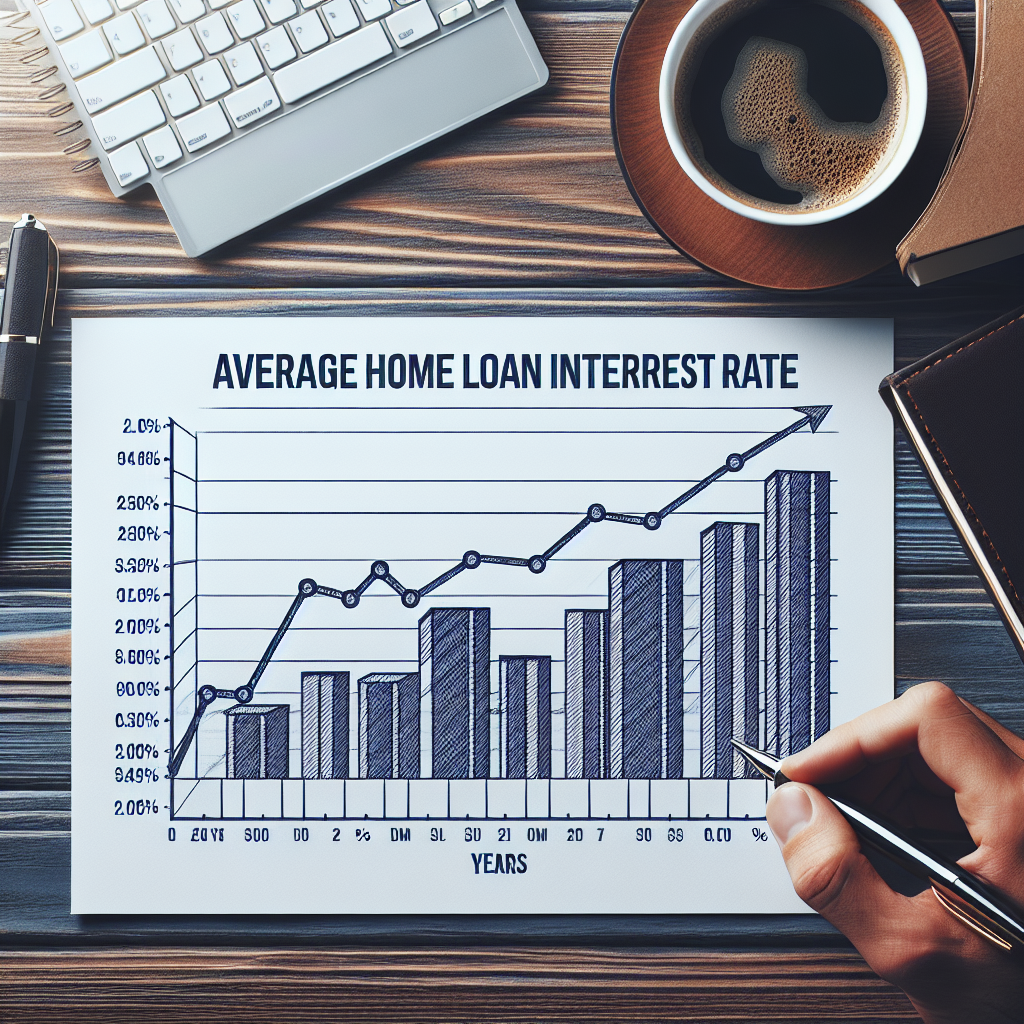
Average home loan interest rate
The Current Landscape of Home Loan Interest Rates
Understanding the dynamics of home loan interest rates is crucial for anyone looking to purchase a property. Borrowers often feel overwhelmed by the multitude of financial jargon, but getting a handle on the basics can greatly impact long-term financial health. In this article, we will explore factors affecting interest rates, historical trends, and tips for securing the best rates.
What Influences Home Loan Interest Rates?
Several factors determine the interest rate on a home loan. These can be broadly categorized into economic indicators, lender-specific elements, and borrower characteristics. Below are some key influences:
- Economic Indicators: General economic conditions such as inflation, employment rates, and GDP growth play a crucial role in setting interest rates.
- Central Bank Policies: Decisions made by central banks, like the Federal Reserve in the U.S., regarding short-term interest rates can drastically affect mortgage rates.
- Lender Competition: The level of competition among lenders can lead to lower rates as they vie for customers.
- Credit Score: Borrowers with higher credit scores typically qualify for lower interest rates as they are perceived as less risky.
- Loan Type and Term: Different types of loans (e.g., fixed-rate vs. adjustable-rate) and the length of the loan can influence the interest rate.
The Impact of Economic Conditions on Interest Rates
Interest rates are closely tied to the economy's performance. When the economy is strong, consumer spending rises, which can lead to inflation. To combat this, central banks might increase interest rates. Conversely, in a sluggish economy, they may lower rates to encourage borrowing and spending.
"Interest rates are like the tide; they rise and fall based on a multitude of factors, ranging from economic performance to global events." - Financial Expert
Historical Trends: The Evolution of Home Loan Interest Rates
Analyzing historical trends can provide insights into how the current environment compares to the past. The following table summarizes average home loan interest rates over the last few decades in the United States:
| Year | Average Home Loan Interest Rate (%) |
|---|---|
| 1980 | 13.74 |
| 1990 | 8.25 |
| 2000 | 8.05 |
| 2010 | 4.69 |
| 2020 | 3.11 |
| 2023 | 6.31 (est.) |
As we can see, there have been significant fluctuations over the decades. The peak in the early 1980s with rates exceeding 13% starkly contrasts with the historically low rates we observed during 2020, particularly as a response to the pandemic.
Current Average Home Loan Interest Rates
As of October 2023, the average home loan interest rate is estimated to be around 6.31%. This increase from the previous years has put pressure on potential homebuyers and may influence their purchasing decisions.
How to Secure the Best Home Loan Interest Rate
To ensure you get the best possible interest rate on your home loan, consider the following strategies:
- Improve Your Credit Score: Paying down debt, making timely payments, and reviewing your credit report can help enhance your credit score.
- Shop Around: Don't settle for the first offer. Comparing rates from multiple lenders can save you a significant amount of money.
- Consider a Larger Down Payment: A substantial down payment can decrease your loan amount and potentially lower your interest rate.
- Opt for Shorter Loan Terms: While monthly payments might be higher, shorter loan terms typically come with lower interest rates.
- Lock in Your Rate: If you find a favorable rate, consider locking it in to protect against future rate increases.
The Future of Home Loan Interest Rates
Predicting the future of interest rates can be complex, as many factors will influence rates going forward. Central bank actions, changes in economic conditions, and global events will all play a role. However, keeping an eye on the trends in the financial markets can provide insights into potential future movements.
The Role of Refinancing
Refinancing is a process where a borrower pays off their existing loan with a new loan that typically has better terms, including a lower interest rate. It's a useful strategy for homeowners looking to reduce their monthly payments or shorten their loan term. Here are some reasons why you might consider refinancing:
- Lower Monthly Payments: Securing a lower interest rate can save you money each month.
- Adjusting Loan Terms: Refinancing can allow you to change the length of your mortgage, effectively reducing the interest paid over the life of the loan.
- Cash-Out Refinancing: This option allows you to access equity in your home, useful for large purchases or debt consolidation.
Conclusion
As we navigate the complexities of the housing market, understanding the average home loan interest rate and the factors influencing it becomes essential for prospective homebuyers. By staying informed, improving your credit profile, and considering refinancing when appropriate, you’ll be better equipped to make sound financial decisions in the home buying process. While the future may hold uncertainties, being prepared can help you seize opportunities as they arise.
```By Guest, Published on August 2nd, 2024